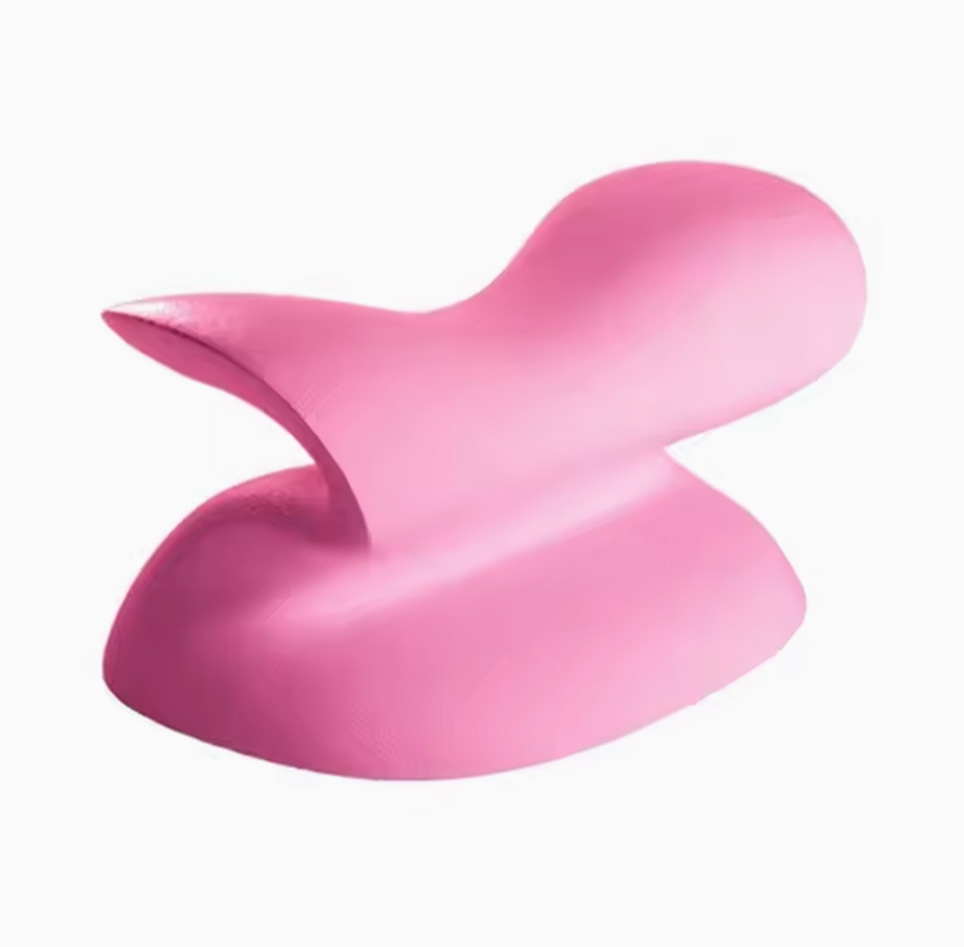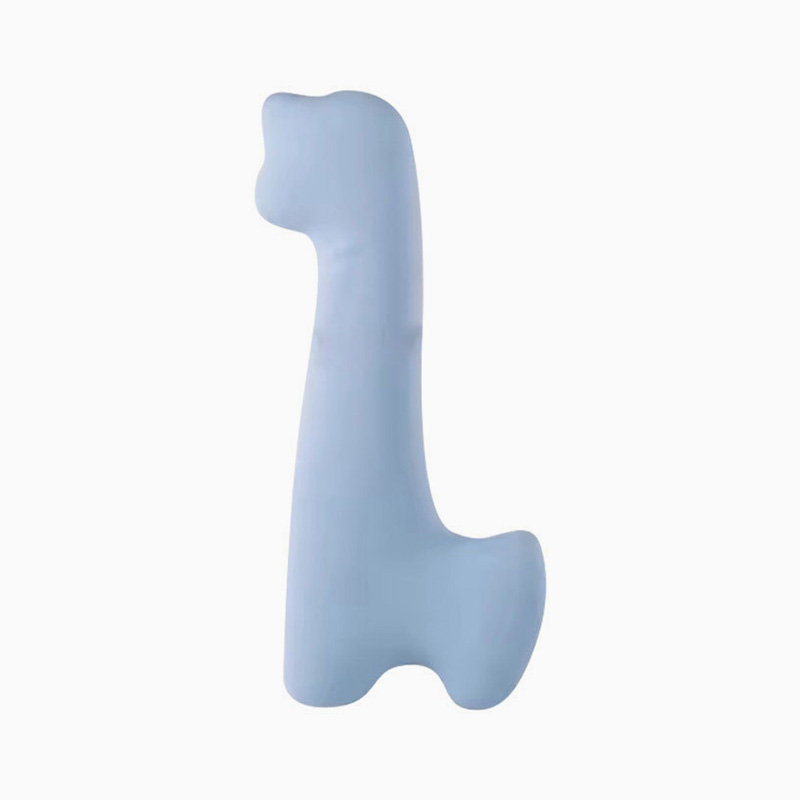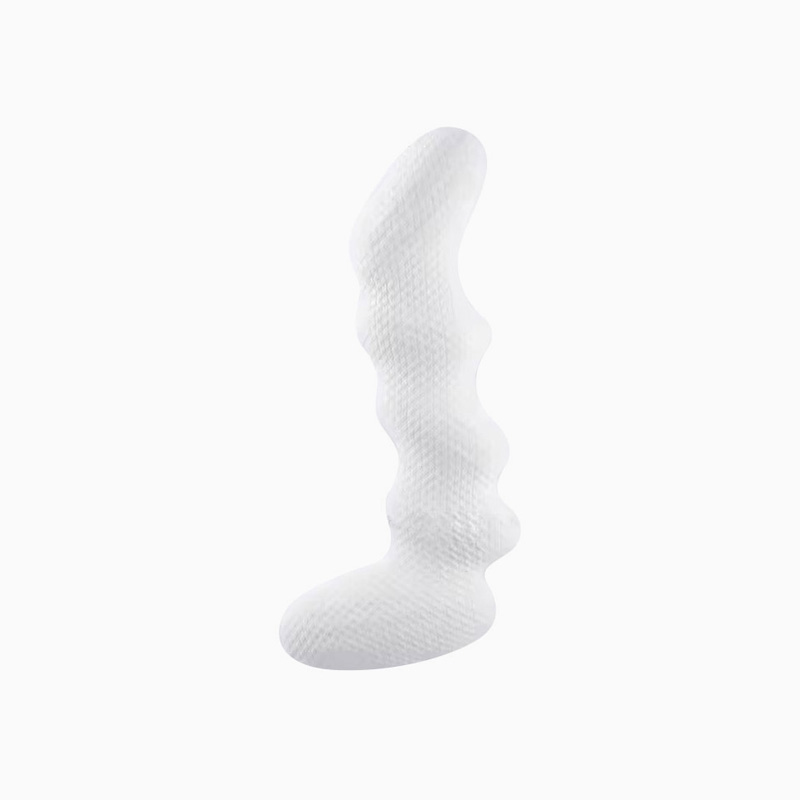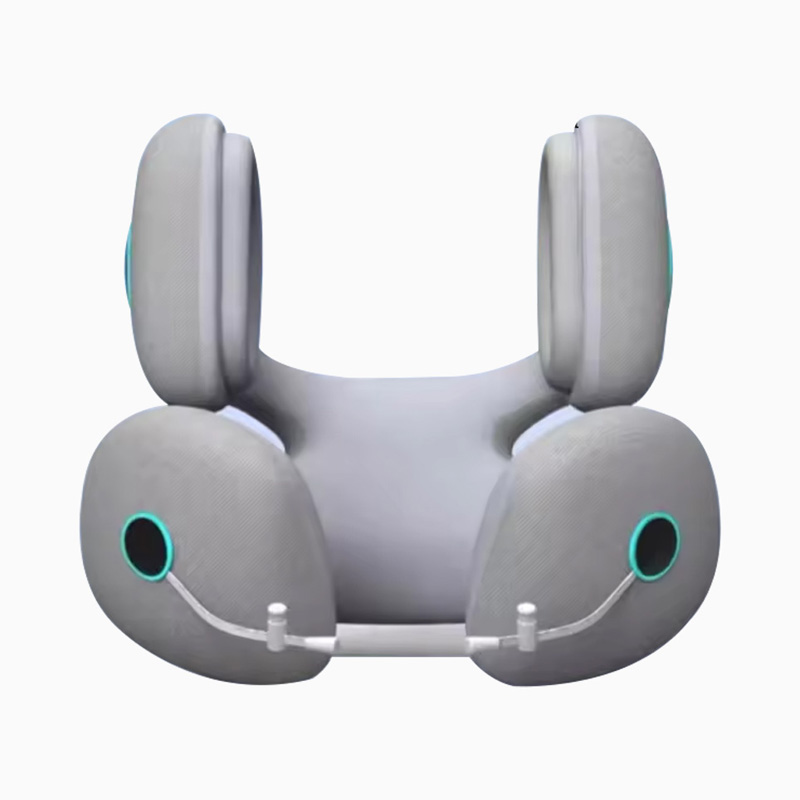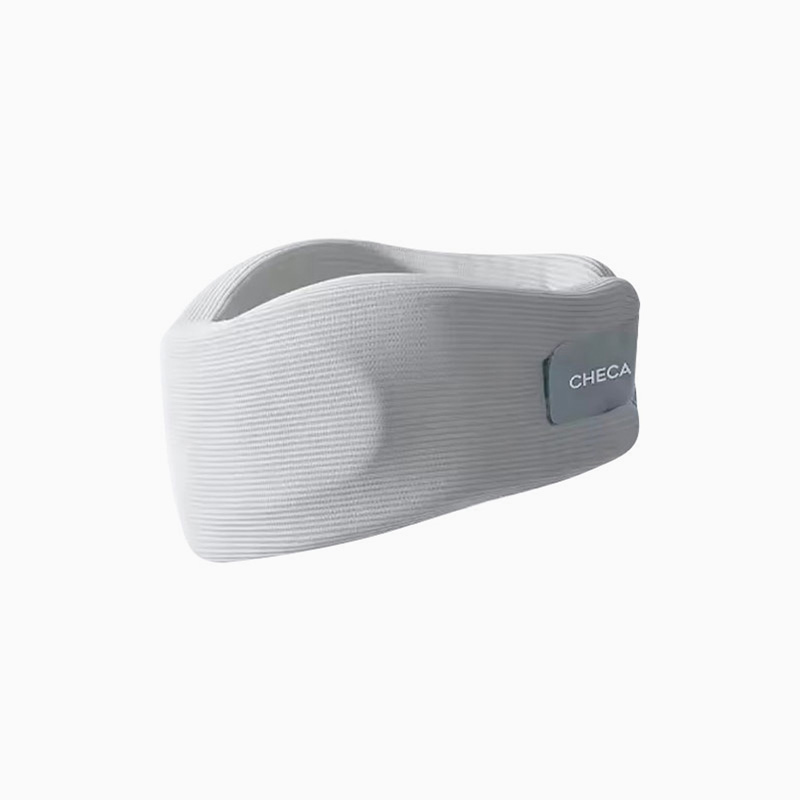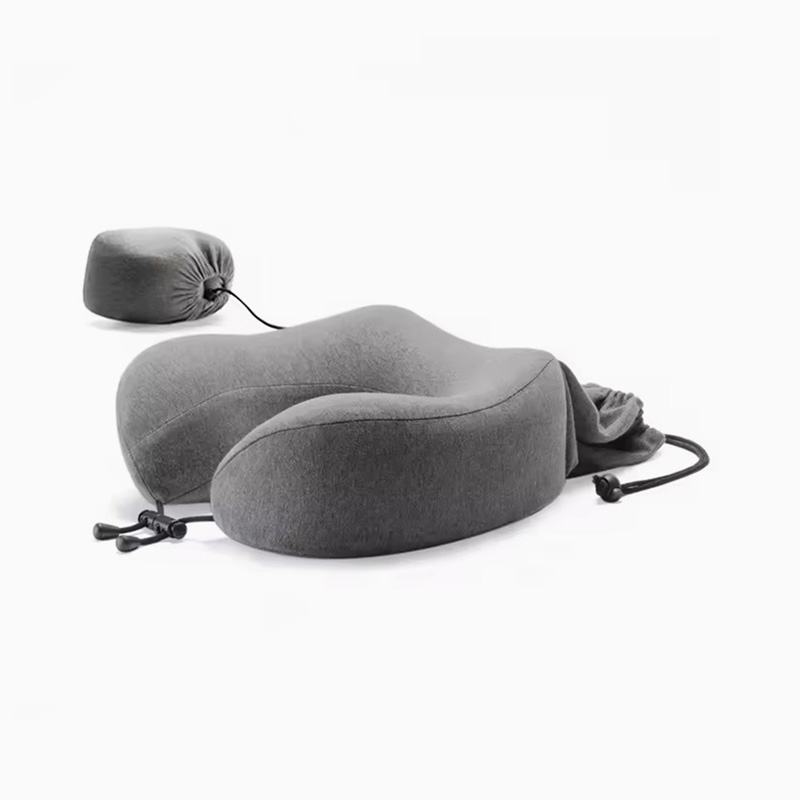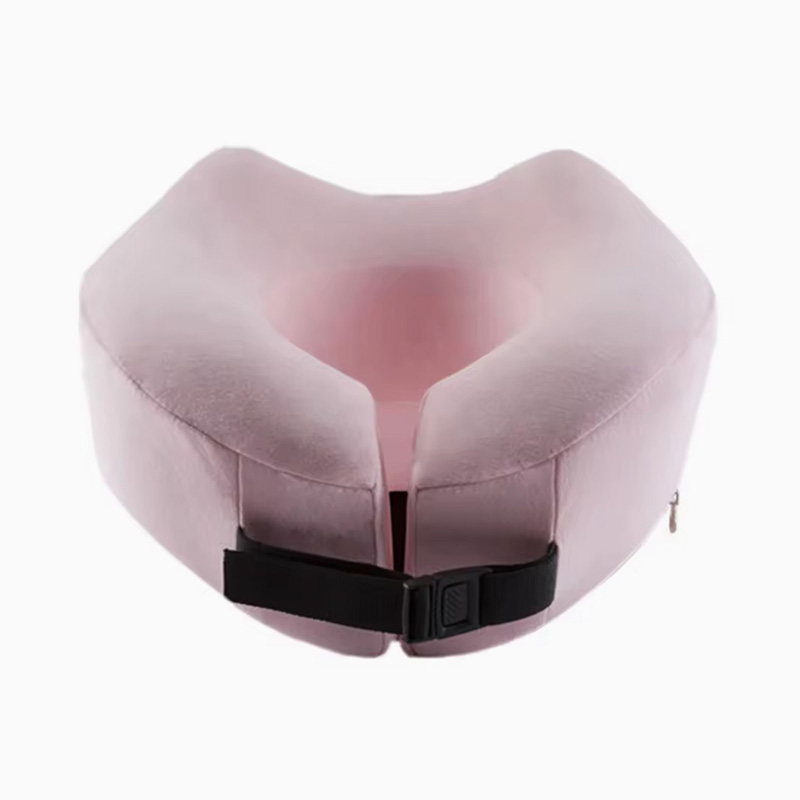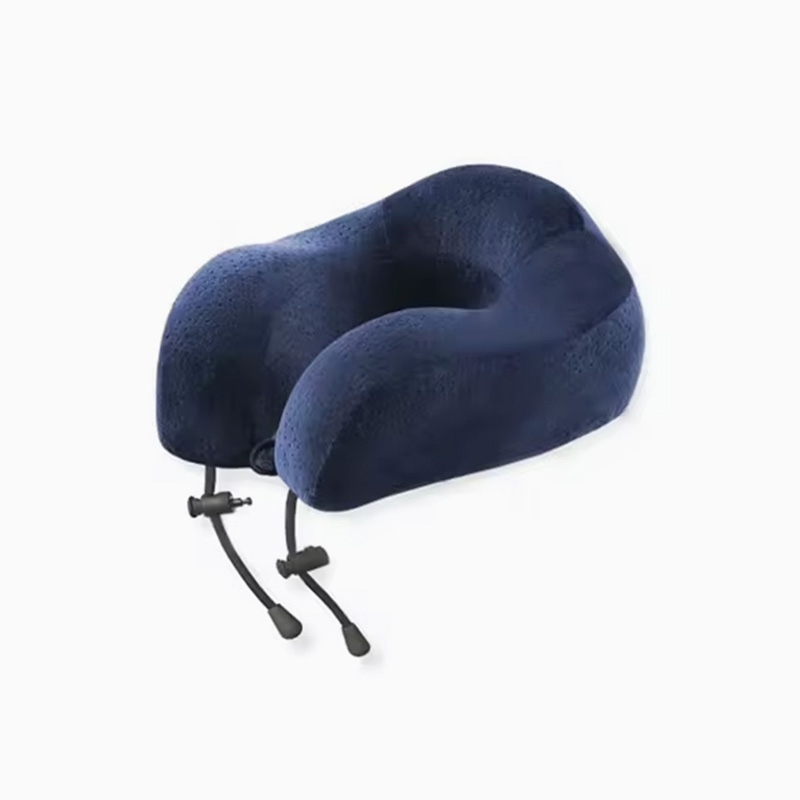Why is the anti-slip design of memory foam seat cushion important
A memory foam seat cushion is a crucial tool for improving long-term sitting comfort, with its core advantages being pressure distribution and ergonomic support. However, an often-overlooked yet crucial design detail is its anti-slip feature. Professional anti-slip design not only ensures cushion stability but also directly impacts the user's health, safety, and overall user experience.
Ergonomics and Postural Stability
When seated, core stability relies on support from the sitting bones, thighs, and feet. An unstable seat cushion forces the user to frequently adjust their posture.
Maintaining Correct Sitting Posture: When a seat cushion slips, the user's body involuntarily leans or shifts forward. This instability undermines the ergonomic support of a carefully designed U- or O-shaped seat cushion. For example, if the seat cushion slides forward, the design designed to suspend or relieve pressure on the coccyx becomes ineffective, leading to renewed pressure on the coccyx and even exacerbating pain.
Reducing the Risk of Scoliosis: Frequent, unconscious postural adjustments increase lateral pressure on the spine. Long-term use can lead to abnormal spinal curvature, leading to chronic back pain or scoliosis. A stable, non-slip seat cushion locks the user's body in the correct position, ensuring maximum zoned support and pressure distribution.
Preventing accidental injuries: For elderly individuals with limited mobility, wheelchair users, or those recovering from surgery, even the slightest slip of the seat cushion can cause imbalance, leading to falls or other accidental injuries. Therefore, anti-slip design is paramount to ensuring the safety of these special populations.
Application of Materials Science and Anti-slip Technology
Anti-slip design is not simply a matter of friction; it involves material selection, texture innovation, and structural design.
Anti-slip base materials: Common anti-slip materials include silicone dots, PVC (polyvinyl chloride), TPE (thermoplastic elastomer), or rubber particles. These materials effectively prevent seat cushions from sliding on various chair surfaces, such as wood, plastic, or fabric, by increasing the coefficient of friction.
Silicone Dots: This design uses densely packed silicone dots to provide strong friction without damaging the chair surface, making it the most common and effective anti-slip solution.
PVC or TPE Grids: These materials are typically fabricated in a grid pattern and applied to the bottom of the seat cushion. They not only provide excellent anti-slip properties but also offer a certain degree of breathability, helping to dissipate heat from the bottom.
Physical Structure Design: In addition to the material, some seat cushions also utilize physical structures to enhance their anti-slip properties. For example, the bottom edge of the seat cushion may be curved or raised to create a snap fit with the edge of the chair, further preventing forward slippage.
User Experience and Product Reliability
Anti-slip design is directly related to user convenience and psychological security.
Improving User Convenience: Imagine having to readjust your seat cushion every time you sit down or stand up. This significantly reduces the user experience. Anti-slip seat cushions allow users to "set it and forget it," freeing them to focus on work, study, or driving without worrying about the cushion shifting. This worry-free experience is key to fostering product loyalty.
Enhanced product reliability: When users pick up a seat cushion with a professional anti-slip design, they immediately sense the product's high quality and thoughtful design. This sends a clear signal that the manufacturer not only focuses on core comfort but also on every detail, thereby building user trust. A seat cushion that stays firmly in place on a chair demonstrates its value more than one that slides around.
Meeting diverse needs: The importance of anti-slip design is particularly evident in different scenarios. For example, while driving, a slipping seat cushion can distract the driver and compromise driving safety. In the office, frequent adjustments to the seat cushion can disrupt workflow. At home, a non-slip seat cushion allows users to relax in any chair with greater confidence.

 English
English عربى
عربى previous post
previous post



